One thinks of the Gulf of the Poets and one’s imagination immediately runs to the beautiful colorful villages that overlook the waters of eastern Liguria, the steep cliffs that provide unique views of the world, the literati who passed through here (George Byron, Percy Shelley, David Herbert Lawrence just to name the three most famous famous) and who granted the Gulf of La Spezia the nickname by which it is still known today, to the azure sea, to the boat trips between Portovenere and the nearby Cinque Terre. Compared to the Cinque Terre, however, the villages of the Golfo dei Poeti have managed to keep their more genuine soul intact and have not yet been distorted by mass tourism, partly because they are less famous, partly because they are more difficult to reach (no train arrives here: the only option is to get off at the stations of La Spezia Centrale or Sarzana and then move by road or bicycle, if one is sufficiently trained to make the climbs). However, those who will have the patience to get here will discover charming seaside villages made up of narrow alleys and caruggi where cats will be a constant presence and keep you company, an intact cultural heritage, lush nature, a quiet and livable sea, pleasant clubs where you can spend your evenings mingling with the locals who still frequent villages like Lerici, San Terenzo, and Tellaro, without finding yourself alone among tourists. Have we convinced you? Here are ten places you must visit if you are planning a vacation on the Gulf of Poets.
Lerici is a bit like the capital of the Gulf of Poets. A town of almost ten thousand inhabitants counting also the hamlets, it is located on the east coast of the gulf, halfway between Sarzana and La Spezia. The old part is a quaint village of colorful little houses clinging to the hill dominated by the imposing castle that now houses the Geopaleontological Museum of Lerici Castle, where archaeological finds, especially prehistoric, tell the very ancient history of these lands. The more modern part, on the other hand, is a charming town lying along an inlet, the “breast of Lerici,” which offers splendid views of the entire village. For a day at the beach, one chooses the Venere Azzurra beach. On the other hand, those who want to learn about the history and art of Lerici, remembering that Dante already mentioned it in the Divine Comedy (at the beginning of Purgatory, facing the mountain, to compare the steep slopes of Purgatory the Supreme Poet refers precisely to the Ligurian coast: “Between Lerice and Turbìa the most deserted, / the most broken ruin is a stairway, / toward that, easy and open”), can visit the marvelous Villa Marigola, or admire the paintings by Domenico Fiasella and Domenico Piola in the church of San Francesco (a fine painting by Fiasella is also in the parish church in the hamlet of Pugliola), or linger in a little gem such as the oratory of San Rocco. And then depart from here to discover the other beautiful places in the gulf.
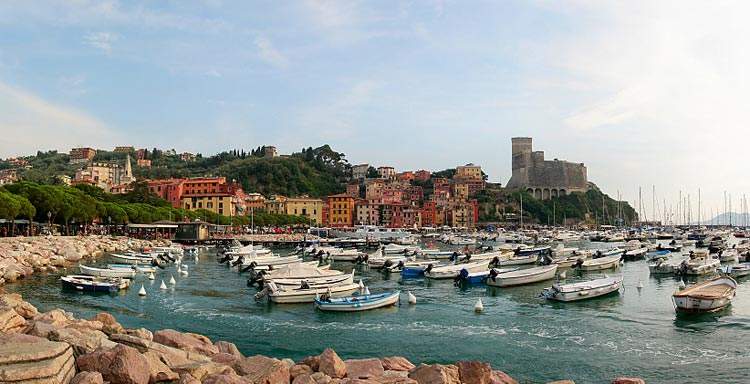
It is located a short distance from Lerici: starting on foot from the center of its neighbor, it is a peaceful walk of just under half an hour, all along the sea. A small medieval hamlet of fishermen and sailors, it is visited for its picturesque views: not to be missed, in the evening, is an aperitif or an after-dinner in one of the places with tables overlooking the sea. And then you go as far as the 15th-century Castle, run by the Ministry of Culture: an ancient structure, built to defend the gulf from Turkish pirate raids, that many visit, in all seasons, also for the sumptuous views from here. In the late nineteenth century, the great painter Arnold Böcklin often stayed in San Terenzo, who was a guest of a local painter and, like so many today, loved to walk between Lerici and San Terenzo. Also worth seeing is the 17th-century parish church of the Nativity of the Virgin Mary: inside are paintings by Giovanni Battista Carlone and Paolo Gerolamo Piola and a 16th-century marble altarpiece by Frenchman Domenico Gar.
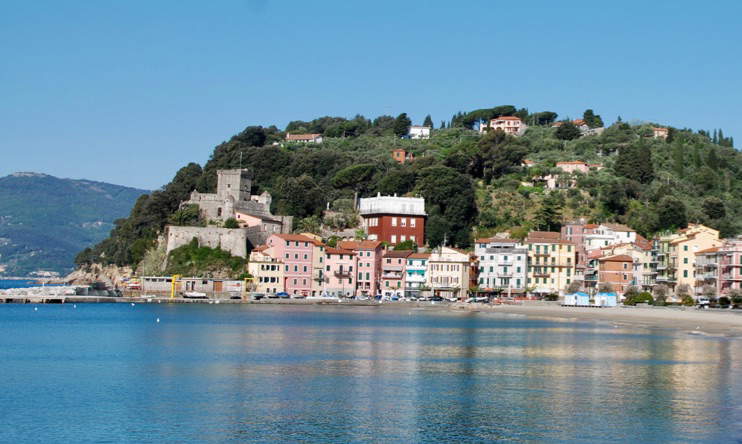
A must if you reach Porto Venere by land. It is a seaside village located on the western coast of the Gulf of Poets: you will not find a single tourist there, and you can stop to sip a coffee or a cool drink in front of its small port, overlooking the eastern coast of the gulf. Not far from here are the Varignano Fortress, which in ancient times, when this area depended on the Republic of Genoa, was a lazaret, while today it is a base for the Navy, and the Villa Romana del Varignano, a building dating back to the first century B.C., a Roman villa attached to an agricultural property. An Archaeological Museum, which is under the Ministry of Culture, has also been set up next to the villa.

Porto Venere (also spelled Portovenere) is one of the most famous villages in Liguria. It has just over three thousand inhabitants and is most famous for its Palazzata, the colorful ensemble of multi-story buildings, all built attached to each other on the marina for defensive purposes, and today able to offer visitors arriving here for the first time a glimpse that is difficult to find elsewhere. A place beloved by poets and painters, frequented, along with Lerici, during the Grand Tour, it also attracts visitors because of the presence of one of the region’s oldest religious monuments, the Abbey of St. Peter, which originated in the fifth century but now presents itself in the Gothic forms assumed during the 13th century: famous for its black and white marble, the bell tower that dominates the village, the 9th-century Romanesque loggia with its four arches overlooking the sea, and the church whose interior echoes the black-and-white motif of the exterior. It is not the only one of the medieval vestiges remaining in Porto Venere: also worth visiting is the Sanctuary of the Madonna Bianca, built between the 11th and 12th centuries in the Romanesque style, which preserves an image of the Virgin believed to be miraculous. On the top of the hill overlooking Porto Venere you can also visit the Doria Castle, one of the most impressive military architectures that the Republic of Genoa built in eastern Liguria. Nature lovers will not want to miss boat trips, perhaps to visit the Blue Grotto or Byron’s Grotto.

It can be reached by ferry from Porto Venere or La Spezia. Together with the other two islands, Tino and Tinetto, it is part of the La Spezia archipelago, and is the largest island in Liguria. It is also part of the Cinque Terre Park, and has been a UNESCO World Heritage Site since 1997. In the past it has always been a significant military outpost: we are reminded of this by Fort Cavour, located on the top of the island, and the Umberto I Tower (which after World War II was also a military prison). Palmaria in the past was also exploited for its mineral resources: from its cliffs is extracted, in limited and controlled quantities, the prized Portoro marble, also known as “Porto Venere marble,” a beautiful black and shiny marble with golden veins, which has no equal in the world, and is found only here, in some areas of Mount Carpione (the promontory that forms the eastern boundary of the Gulf of Poets), and on some slopes of the mountains behind La Spezia. Palmaria is a popular destination for those who want a nature vacation: in fact, the island is rich in beaches, forests, caves, and coves.
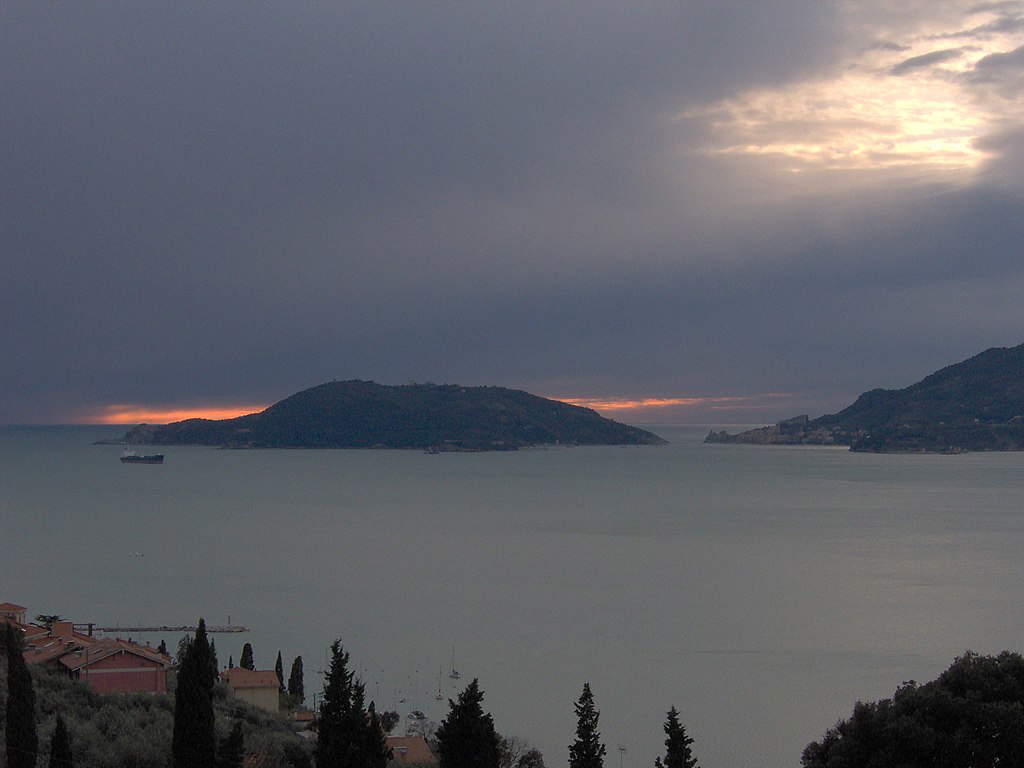
A village located at the eastern end of the Golfo dei Poeti, it is perhaps the quietest of the towns that face it, the one that together with Le Grazie has best preserved its genuine soul: few places, all frequented by the inhabitants, silence in the narrow and steep alleys (which in certain passages become stairways), the sound of the sea. It can be reached only from Lerici: the village, sheer above the sea, develops around the marina (a tiny harbor where gozzi and canoes are sheltered), with houses and buildings built on the rocks. The same applies to the church of San Giorgio: legend has it that in the seventeenth century an octopus foiled a nighttime attack by Saracen pirates by climbing the bell tower and repeatedly ringing the bell, waking up the inhabitants of Tellaro who got the better of the invaders. In gratitude... octopus has become the village’s signature dish (there is also a special festival in August dedicated to the clever cephalopod). Don’t miss the small, 17th-century oratory of Santa Maria in Selàa, overlooking the open sea. And also not to be missed is a walk through the Sottoripa arcades, a long arcade where the sun hardly ever reaches even in the central hours of the day: the gallery was built in the Middle Ages, in stone, for defensive purposes.
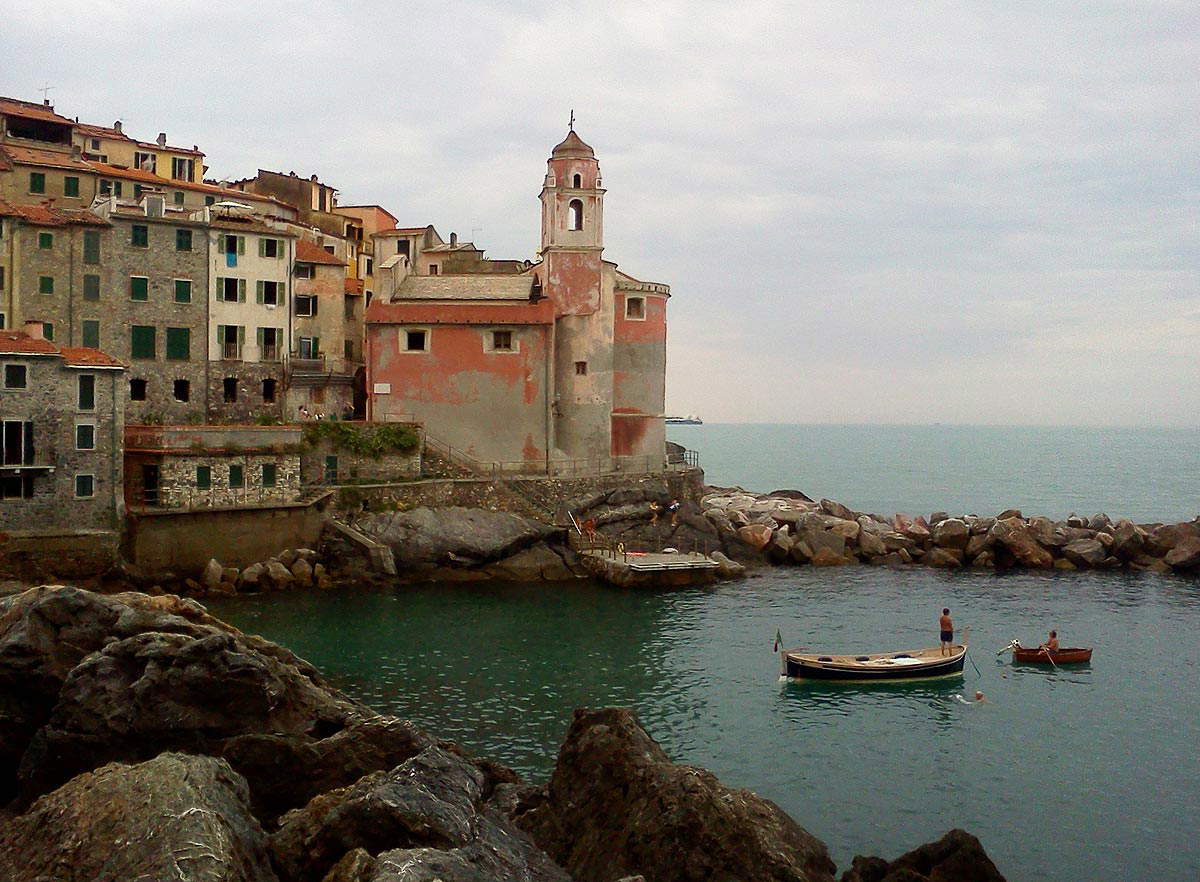
Not really a village, it should be thought of more as a cluster of houses along the road from Lerici to Tellaro: one lingers here for its beaches, much loved by those who frequent the Golfo dei Poeti. It was David Herbert Lawrence who inaugurated the fortunes of this place, famous for its marvelous views and spectacular sunsets over the sea: the great writer stayed in the “little pink villa” between 1913 and 1914, also becoming friends with the usually wary locals. You get to the beaches by parking along the road that joins Lerici and Tellaro and walking along the steep paths that, penetrating through the pine trees that sprout all along the coastline, drop down to the sea.
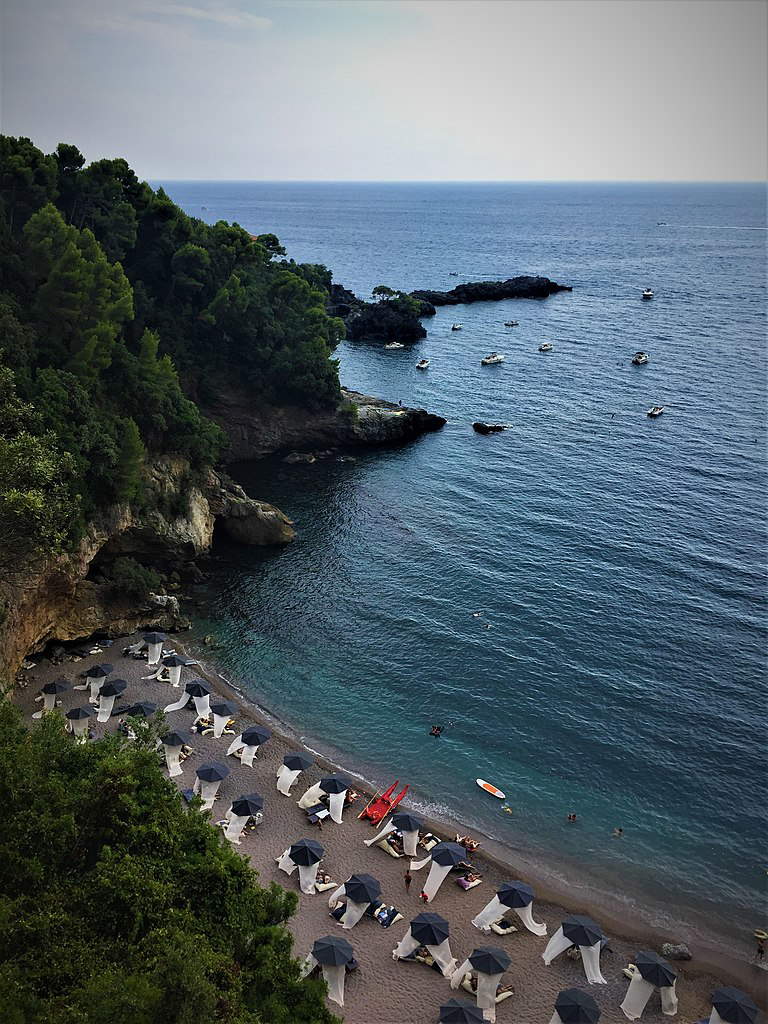
A hamlet of the municipality of Arcola, it is not exactly on the Gulf of Poets, but on the offshoots immediately preceding it: from Lerici it takes ten minutes to get there. A sun-drenched hamlet that sits on the top of a hill at the end of a road that climbs from the town of Romito Magra, it is preceded by the parish church of San Michele Arcangelo, inside which are noteworthy works of art such as the 16th-century San Rocco by Domenico Gar (a work from 1524) and the altarpiece by Filippo Martelli from 1634. In Trebiano Magra resided for a long time the writer Helène de Beauvoir, sister of Simone de Beauvoir (the latter mentioned Trebiano in some of her stories). The top of the hill around which the village develops (the houses are arranged along three parallel streets that gradually ascend) is dominated by the bulk of the Castle where a legend has it that the manuscript of the Divine Comedy is hidden. There is, however, a kernel of truth: Dante really stayed in these places, when in 1306 he acted as mediator in the peace between the Malaspina and the Bishops of Luni, signed at the Castle of nearby Castelnuovo Magra.
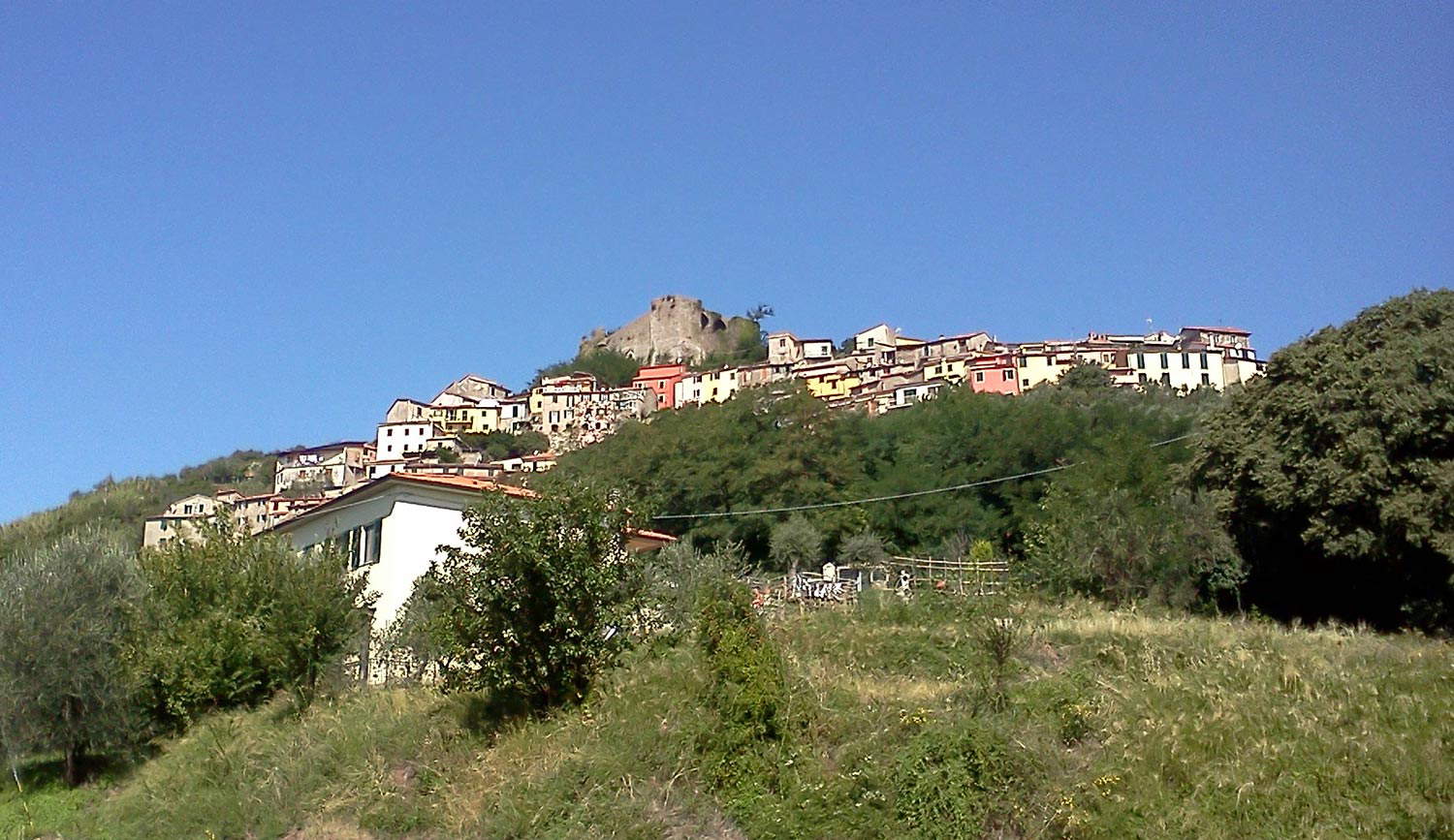
One cannot end a visit to the Golfo dei Poeti without stopping at the two villages that rise on Monte Caprione: Montemarcello and Ameglia. The origins of the former, a hamlet of the latter, are lost in the mists of time: Montemarcello is first mentioned in 1286 as “Mons Marcelli” and had a strong strategic importance since from here, from the top of Caprione, a good stretch of coastline is dominated. Today, on the other hand, it is a place to stay and vacation: you can get there from Lerici or from nearby Bocca di Magra (which are on the slopes of the opposite sides of Caprione), it is a favorite destination for cyclists especially in the summer because of the wide and well paved but challenging road, and it is noted for its beautiful views. Worth visiting is the church of San Pietro, which houses, in addition to a 1529 marble altarpiece by Domenico Gar, one of the oldest works in this area, the 14th-century triptych with the Madonna between Saints Peter and John the Baptist, a late Gothic work attributed to Pietro da Talada.

A very ancient village on the Caprione, it stands on an area inhabited since prehistoric times (in fact, a little further downstream there is a pre-Roman necropolis of the Liguri Apuani, dating from the 4th-3rd centuries B.C., which can be visited). Ameglia still retains its medieval layout, with narrow alleys and stone buildings leaning against each other. In the upper part, stands the Castle, which is distinguished by its circular keep: it has long been the seat of the municipality while today it hosts cultural events. The parish church of San Vincenzo houses a fine painting by Francesca Martelli Prandini, a 17th-century painter and daughter of Filippo Martelli, and a 1527 marble altarpiece by Domenico Gar. The neo-medieval facade, on the other hand, dates from the early 20th century.

 |
| Golfo dei Poeti, what to see: 10 villages not to be missed |
Warning: the translation into English of the original Italian article was created using automatic tools. We undertake to review all articles, but we do not guarantee the total absence of inaccuracies in the translation due to the program. You can find the original by clicking on the ITA button. If you find any mistake,please contact us.